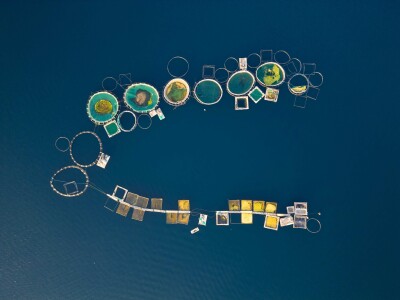It's time to reconsider fish passage around Grand Coulee.
In late January Indian tribes from Washington and Idaho took an important preliminary step toward restoring salmon to thousands of square miles of habitat north of Grand Coulee Dam.
Fish passage is one of those peculiar Pacific Northwest issues that excites enormous passion here and blank stares in Washington, D.C. Within this esoteric subject, no fish-passage challenge is bigger than Grand Coulee — both literally and politically.
Built during the depths of the Great Depression, Grand Coulee is civil and social engineering on the grandest of scales.
Towering 550 feet, the advent of Grand Coulee marked a regional and national turning point. World War II transformed the Pacific Northwest's largely agrarian economy, and Grand Coulee was a pivotal engine of that transition. Originally conceived as a reclamation project — to increase irrigable agriculture in Central Washington — the dam's construction gained an urgency as a power generator with the approach of World War II. President Franklin Roosevelt began the dam's construction in 1933 as Hitler came to power, two years before Congress would authorize the dam. It generated massive kilowatts for the region's new shipyards that were building vessels for the war, for aluminum plants that fed aircraft manufacturing and for a top-secret, unnamed project at what would become the Hanford Nuclear Reservation.
Read the full story at the Daily Astorian>>
Want to read more about West Coast salmon? Click here...






